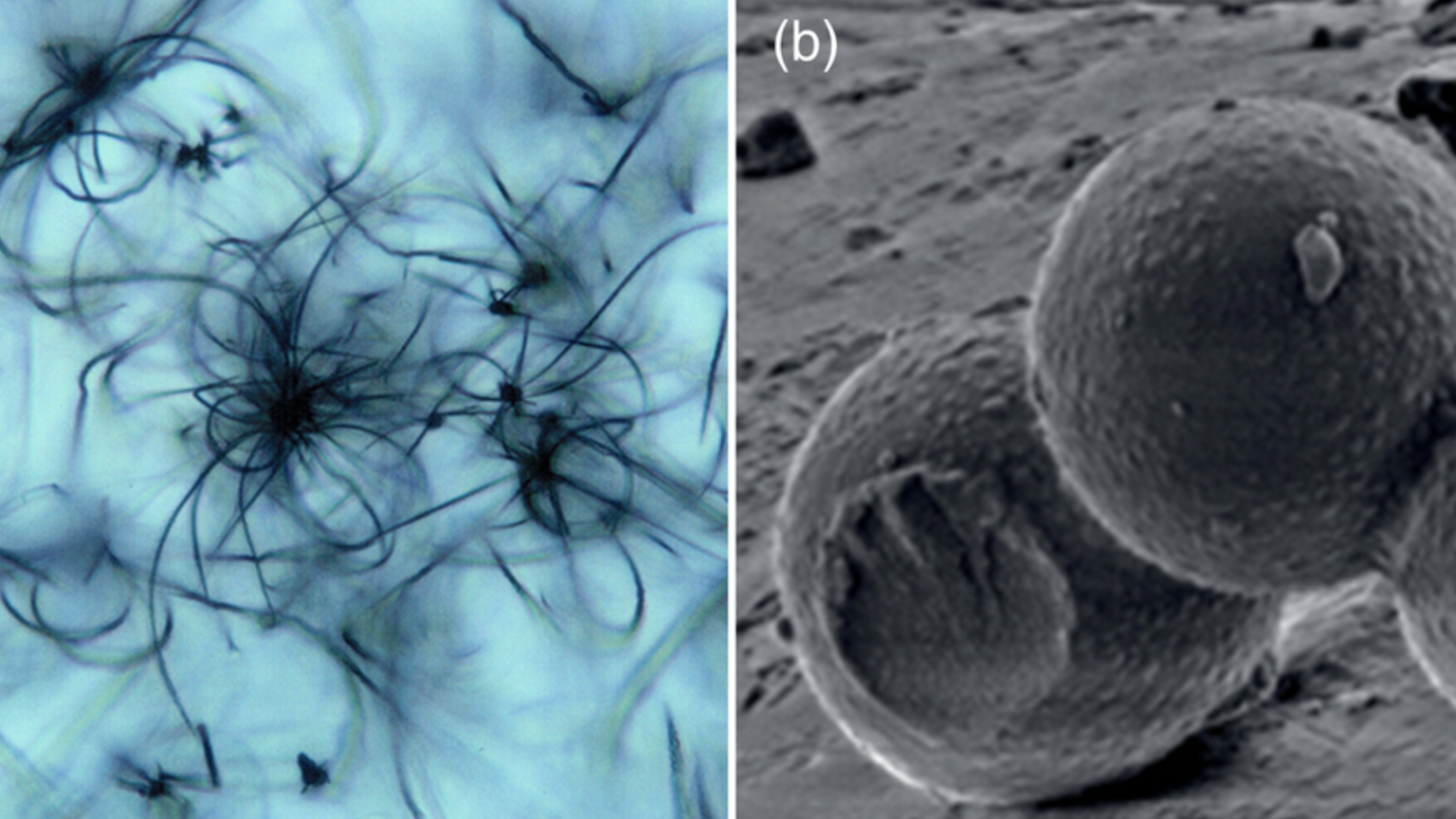Meet the ten-armed, 325-million-year-old octopus fossil named after President Joe Biden

In an ancient shallow bay of what is now Montana, the body of an octopus-like creature the size of a fist was buried on the seafloor. Some 325-328 million years later, a new paper published in Nature Communications provides some interesting insights into this mysterious and ancient cephalopod.
Syllipsimopodi bideni is small (about 12cm in length), has ten arms, suckers, fins, and a triangular pen of hard tissue inside its body for support. It’s a unique find because “squishy” animals tend to degrade quickly after death and therefore rarely make good fossils.
We don’t know when this unusual fossil was discovered, but in 1988 it was donated to the Royal Ontario Museum in Canada. It would sit largely ignored for more than 30 years until American palaeontologists Christopher Whalen and Neil Landman decided to study it.
The researchers have named the species Syllipsimopodi bideni after Joe Biden, the 46th president of the United States. Biden had just been inaugurated when the study was submitted for publication, and the authors wanted to recognise his commitment to science.
Cephalopods are some of the most diverse and fascinating molluscs on our planet. They have conquered every ocean, survived the five biggest extinctions in Earth’s history, and today number around 800 species.
Octopuses and squids are among the most familiar cephalopods, but also in this group are cuttlefishes, nautilus and the extinct belemnites, ammonites and others. Their economic and cultural importance is immense, and their ecological roles are vital for healthy oceans.
An exceptional fossil
Ammonites and their relatives are important tools for geologists, who use the unique patterns on their tough coiled shells to identify layers of rock around the world. But the fossil record for cephalopods without shells is a stark contrast, because when these animals die the flesh of their bodies usually rots away, leaving very little, if anything, behind. Sadly, we will probably never know about the vast majority of species that existed, let alone what their relationships were to one another.
Some help has come from genetic studies that have defined two major living groups: the squid relatives and the octopus relatives. But genetic material cannot be extracted from fossils that may be hundreds of millions of years old, so the full story of their evolution has remained unresolved.
Under special chemical and environmental conditions, the soft parts of an animal can be preserved in the rock. The Bear Gulch Limestone fossil site (where this new species was found) is famous for this kind of preservation and provides incredibly rare insights about these animals. This allowed Whalen and Landman to describe important parts of the new species’ anatomy, which give clues about its identity.
Vampires from hell
The authors suggest that Syllipsimopodi bideni’s features make it the oldest member of a group called the vampyropods. This is the group of cephalopods that includes modern octopuses and the “vampire squid”.
While octopuses will be familiar to you, the vampire squid may not. There is a single surviving species, Vampyroteuthis infernalis, whose name means “vampire squid from hell”, despite being more closely related to octopuses.
Vampyroteuthis infernalis lives a quiet life, drifting in deep oceans around the world in waters almost devoid of oxygen and in pitch darkness. It is perhaps unworthy of its fearsome name.
Notably, the vampire “squid” has primitive features in common with this new species Syllipsimopodi bideni, such as ten limbs and a stiff internal shell. No living octopus has either of these.
Until now, it was thought that the vampyropods (octopus relatives) originated in the Triassic period around 240 million years ago. But this new species pushes that back a further 82 million years, which is more time than separates humans from Tyrannosaurus rex.

A day in the life
Beyond what this fossil can tell us about cephalopod evolution, the authors also investigated the animal’s ecology. Shaped like a torpedo, the creature probably used jet-propulsion to move through the water (like many living cephalopods), and the rounded fins on either side of its body for stability.
One pair of arms is longer than the others, suggesting they were used to catch prey, while the suckers may have helped it manipulate its food. It is fascinating that while Syllipsimopodi bideni was more closely related to the octopuses, it probably lived in a similar way to true squid today.
While the full picture of cephalopod evolution is still murky, this fossil is a fascinating and exciting new piece of the puzzle.
This article is republished from The Conversation under a Creative Commons license. Read the original article.





